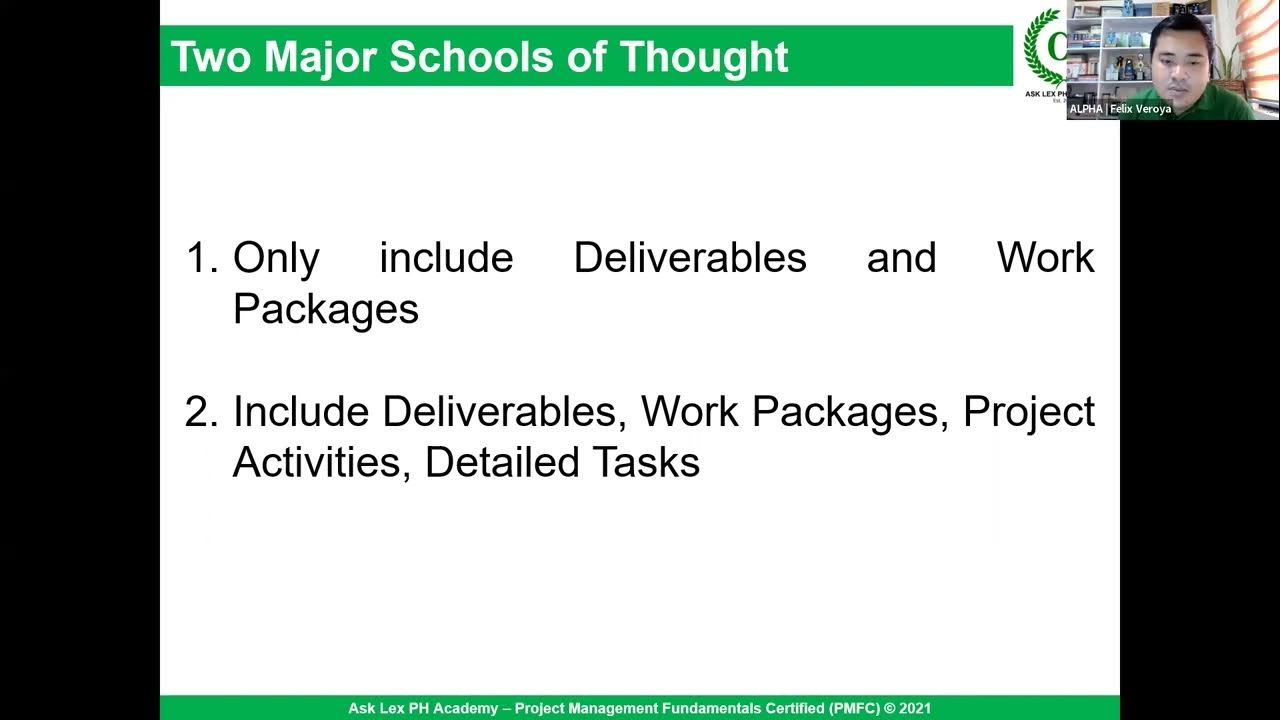Risk Management. Risk Management Responsibilities.
Summary
TLDRThis video delves into risk management responsibilities, emphasizing the allocation of duties across various organizational members. It highlights the importance of understanding and addressing specific risks, with a focus on the roles of different stakeholders, including managers, employees, and external parties like contractors and suppliers. The script underscores the necessity of clear communication, proper expectation setting, and the implementation of controls to manage risks effectively. It also touches on the strategic role of the board of directors and the CEO in overseeing risk management, ensuring compliance with regulations, and fostering a risk-aware culture within the company.
Takeaways
- 📜 In risk management, responsibilities are allocated based on the types of risks and the departments or aspects of the business they affect.
- 👷♂️ Individuals directly involved or affected by specific risks are assigned responsibilities for managing those risks.
- 🤝 All members of an organization, including contractors and suppliers, should be aware of their risk management responsibilities.
- 🗣️ Clear communication of expectations is crucial before entering into contracts with external parties, such as suppliers.
- 🔄 Small companies should not rely on a single supplier; instead, they should have multiple suppliers to ensure backup and reduce risk.
- 🏢 The risk management process involves the identification of core processes, dependencies, and risk ownership, which is essential for monitoring and managing risk.
- 📊 Risk management responsibilities include setting risk standards, implementing and monitoring risk controls, and ensuring compliance with laws and regulations.
- 👥 Roles and responsibilities in risk management are diverse, ranging from the CEO and board of directors to line managers, employees, and external parties.
- 🛡️ The importance of risk management is emphasized through the establishment of a risk-aware culture, clear reporting structures, and the implementation of controls.
- 🌟 The benefits of risk management are realized when it is integrated into the core processes of an organization, leading to better decision-making and strategic planning.
Q & A
What is the main topic discussed in the video script?
-The main topic discussed in the video script is 'risk management responsibilities', focusing on the allocation of responsibilities for managing different types of risks within an organization.
How does the allocation of risk management responsibilities vary across different companies?
-The allocation of risk management responsibilities varies across companies based on the types of risks they face, the departments involved, and the aspects of the business that are directly affected by those risks.
What is the role of the main person responsible for a particular risk?
-The main person responsible for a particular risk is accountable for embedding controls, guidelines, and activities to support the management of those risks within the company.
Why is it important for everyone in an organization to be aware of their risk management responsibilities?
-It is important for everyone in an organization to be aware of their risk management responsibilities to ensure a comprehensive approach to risk management, including contractors and suppliers, to maintain quality and safety standards.
What should be considered when entering into a contract with a contractor or supplier?
-When entering into a contract with a contractor or supplier, it's important to communicate expectations clearly, ensure the quality of materials, and establish timely delivery expectations to mitigate risks.
How can a company manage risks associated with contractors or suppliers?
-A company can manage risks associated with contractors or suppliers by setting clear expectations, enforcing responsibilities in agreements, and diversifying suppliers to reduce reliance on a single source.
What is the significance of risk ownership in an organization?
-Risk ownership is significant as it enables the risk management and audit committee to monitor actions and responsibilities, ensuring that risks are acknowledged and managed effectively.
What are the key responsibilities of a risk manager within an organization?
-A risk manager's key responsibilities include developing the risk management policy, coordinating risk management activities, compiling risk information, and preparing reports for the board.
How do internal audit and risk management work together in an organization?
-Internal audit and risk management work together by ensuring compliance with laws and regulations, evaluating the accuracy of risk management reporting, and providing recommendations for improvement.
What are the roles of executive and non-executive directors in risk management?
-Executive directors are involved in the implementation of strategy and operations, while non-executive directors assist with strategy formation, monitor performance, and hold executive directors accountable.
Why is it crucial to have a clear reporting structure in risk management?
-A clear reporting structure in risk management is crucial for effective communication of risk-related information, ensuring that risks are identified, managed, and reported to the appropriate levels within the organization.
Outlines

هذا القسم متوفر فقط للمشتركين. يرجى الترقية للوصول إلى هذه الميزة.
قم بالترقية الآنMindmap

هذا القسم متوفر فقط للمشتركين. يرجى الترقية للوصول إلى هذه الميزة.
قم بالترقية الآنKeywords

هذا القسم متوفر فقط للمشتركين. يرجى الترقية للوصول إلى هذه الميزة.
قم بالترقية الآنHighlights

هذا القسم متوفر فقط للمشتركين. يرجى الترقية للوصول إلى هذه الميزة.
قم بالترقية الآنTranscripts

هذا القسم متوفر فقط للمشتركين. يرجى الترقية للوصول إلى هذه الميزة.
قم بالترقية الآنتصفح المزيد من مقاطع الفيديو ذات الصلة
5.0 / 5 (0 votes)






